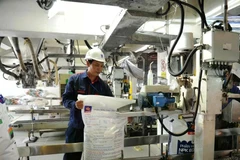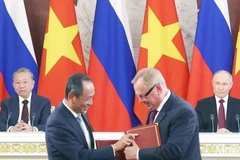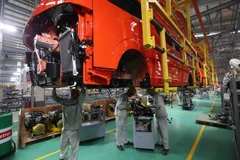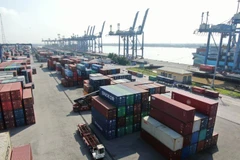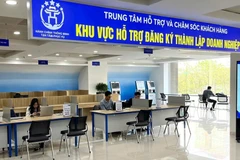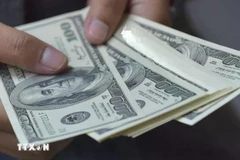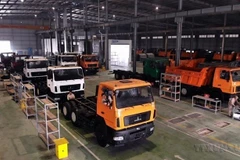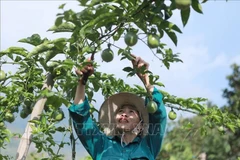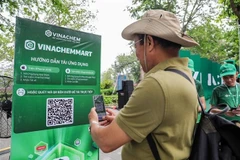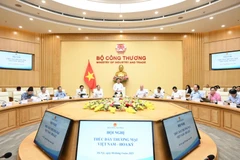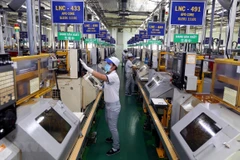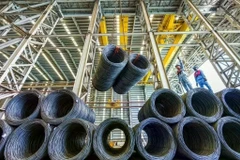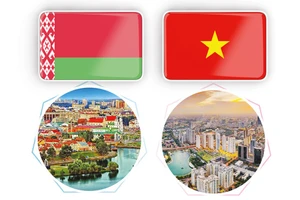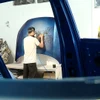The three-volume report, titled "Trade Facilitation, ValueCreation, and Competitiveness: Policy Implications for Vietnam'sEconomic Growth", explores the role of trade facilitation andlogistics in driving exports and national competitiveness.
It posits trade as consisting of three pillars – transportinfrastructure and logistics services, regulatory procedures for exportsand imports, and supply chain organisation.
PhamMinh Duc, senior economist at the bank, pointed to the weaknesses inVietnam's manufacturing and agricultural supply chains that prevent thecountry from lowering export costs and capturing much needed valueaddition.
He listed major constraints inmanufacturing supply chains as being a reliance on primary supply chainstructures from which very low value addition is captured, heavydependence on feedstock, weak sourcing capacity, weak clusterarrangement, lack of working capital, and dependence on intermediariesfor both sourcing and marketing.
The predominance ofgovernment-to-government rice exports discourages high quality andpositive response to market signals, which is one of the majorconstraints in the agricultural supply chain, he said.
The report also blames Vietnam's small scale of farming, saying morethan 70 percent of rural households farm less than 0.5ha and usebackward farming methods.
Price and seasonalfluctuations, ineffective enforcement of health and sanitary conditionsat all stages from the fish farm to the market, and lack of workingcapital are other constraints, it says.
The reportrecommends several policy changes to restructure supply chains tocapture value and participate proactively in global chains.
In the manufacturing sector, the government should have a prioritylist to reflect Vietnam's comparative advantages, consult with MNCs andthe private sector to develop an action plan to facilitate strongsupporting industries to increase local value and availability, attractFDI, support PSD, and reduce the trade deficit, it says, adding IPsshould be changed into industrial clusters with specialised productionand logistics and greater use of domestic suppliers.
To improve the supply chain for agriculture, the government shouldintroduce agro-industrial production towards improving quality, scale upsuccessful contract farming for large scale agro-industry development,and reduce G2G sales and the role of smaller enterprises, it says.
It calls for more effective health and sanitary regulations conditions in the aquaculture industry.
The three-day Vietnam Supply Chain Congress 2013 "Source. Make.Deliver", which is being organised by the Vietnam Supply ChainCommunity, has attracted more than 600 professionals and 40 speakersfrom renowned companies.-VNA
